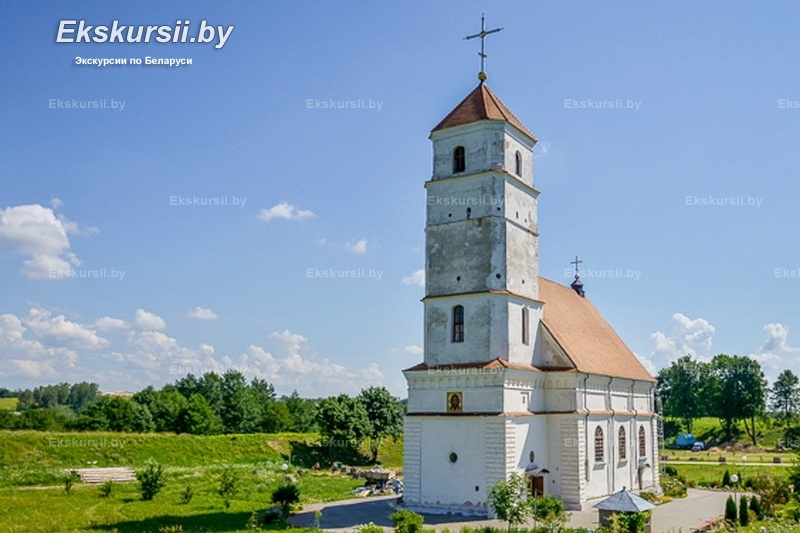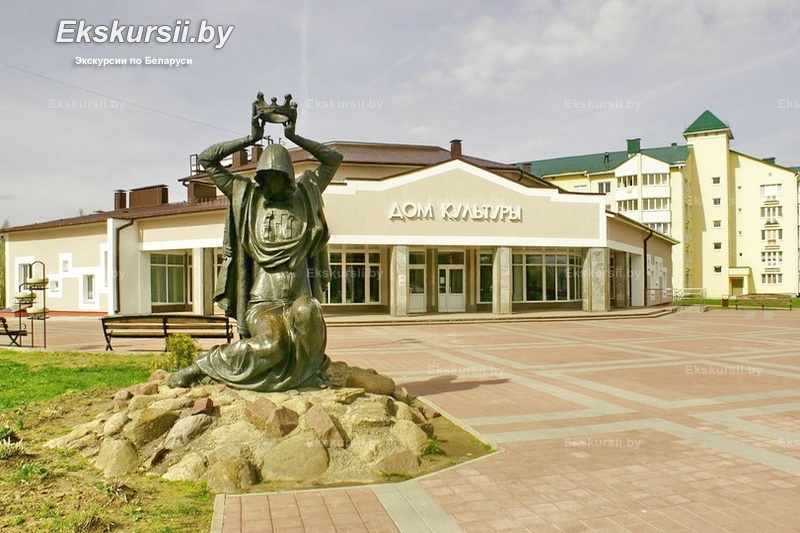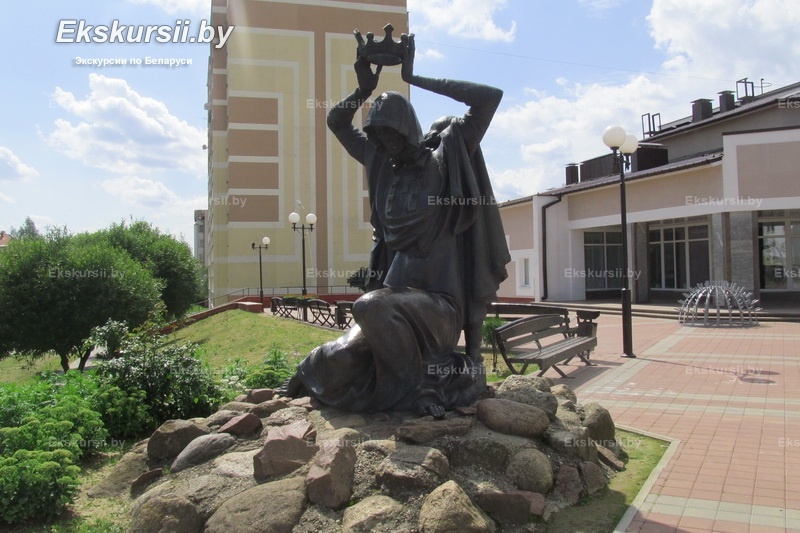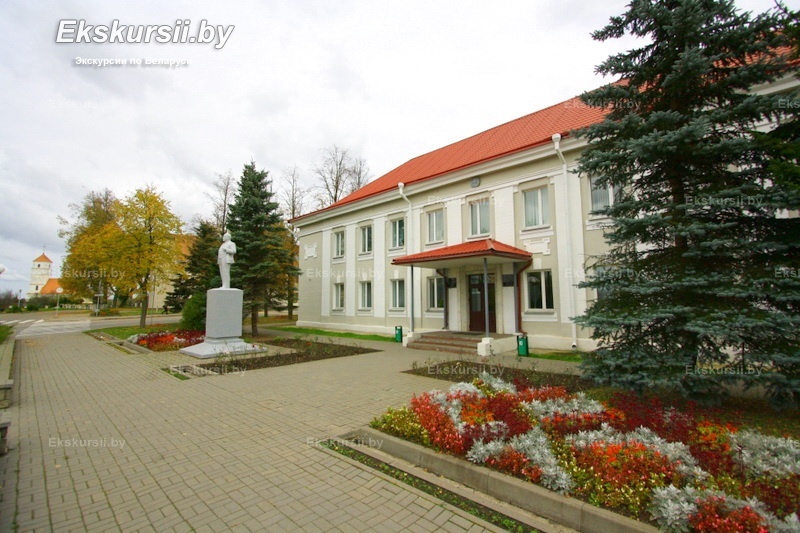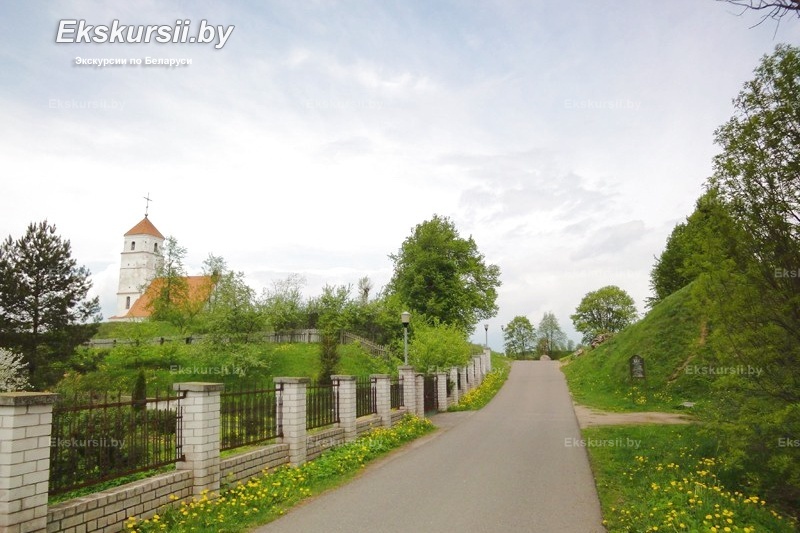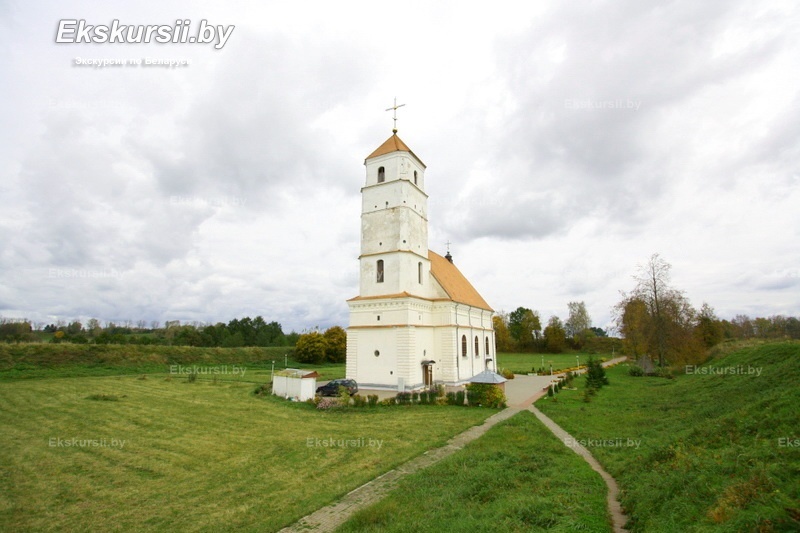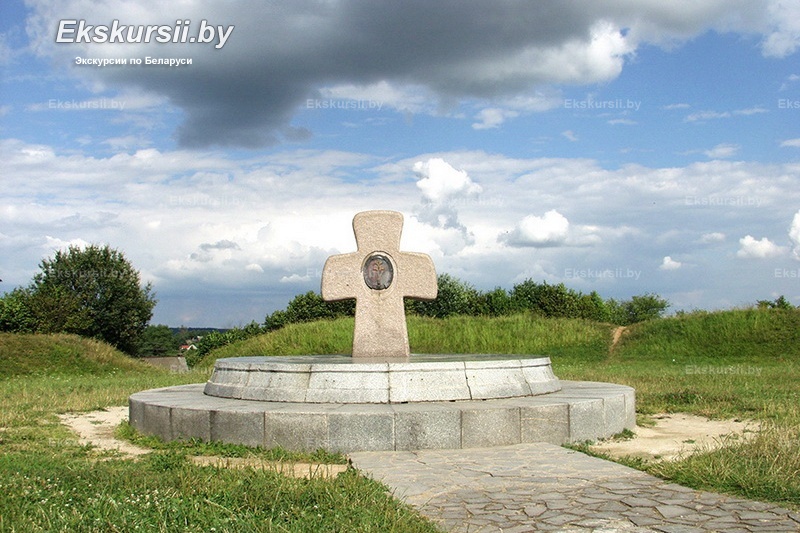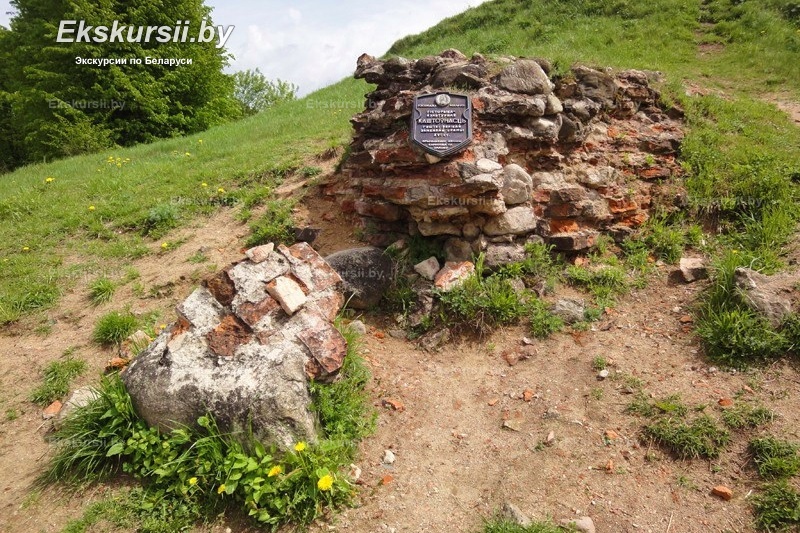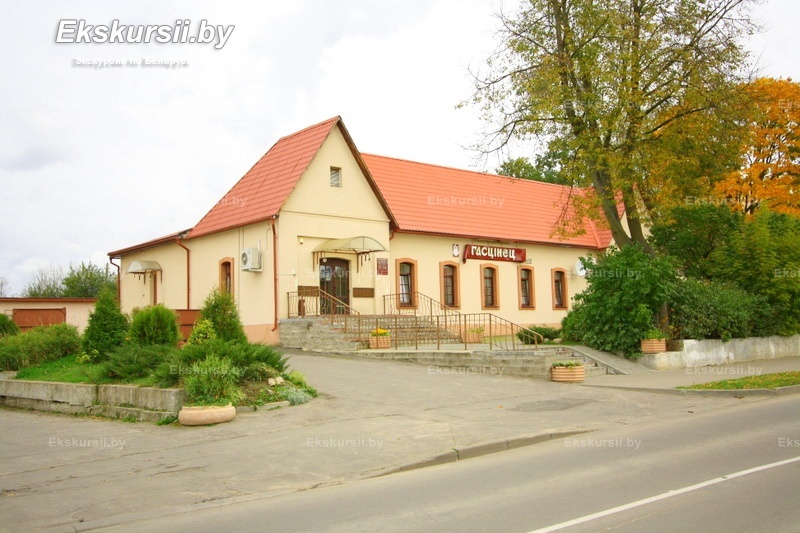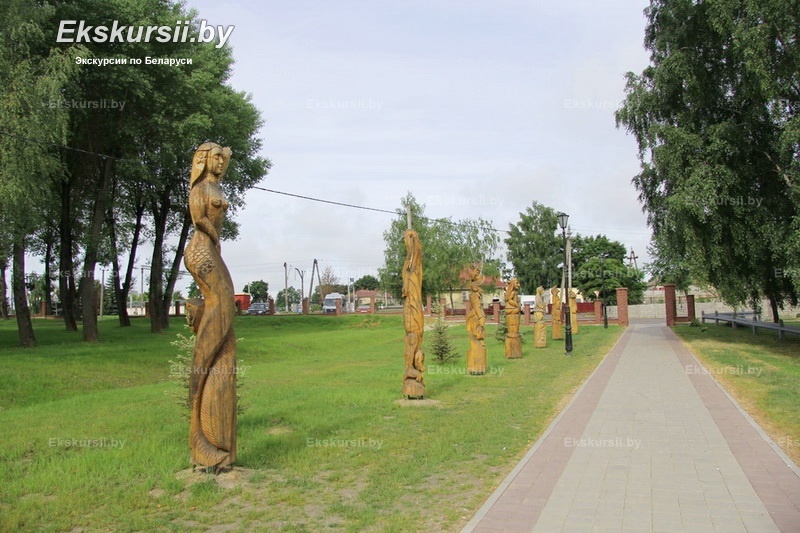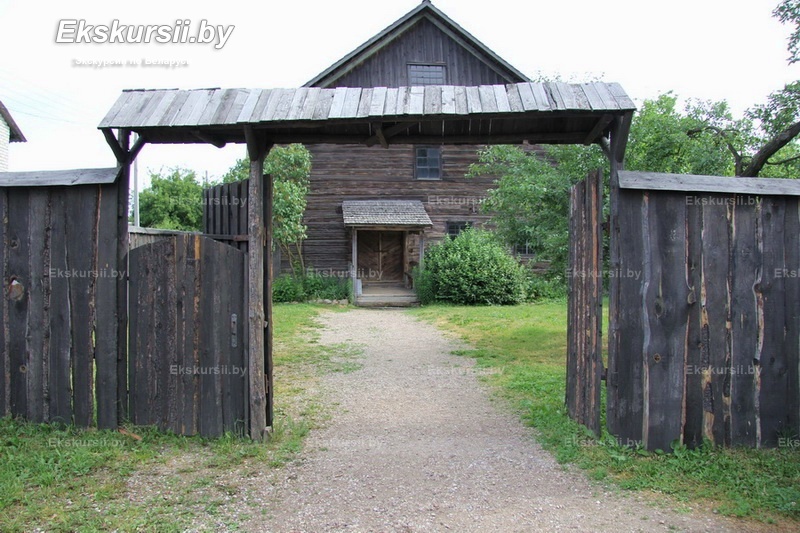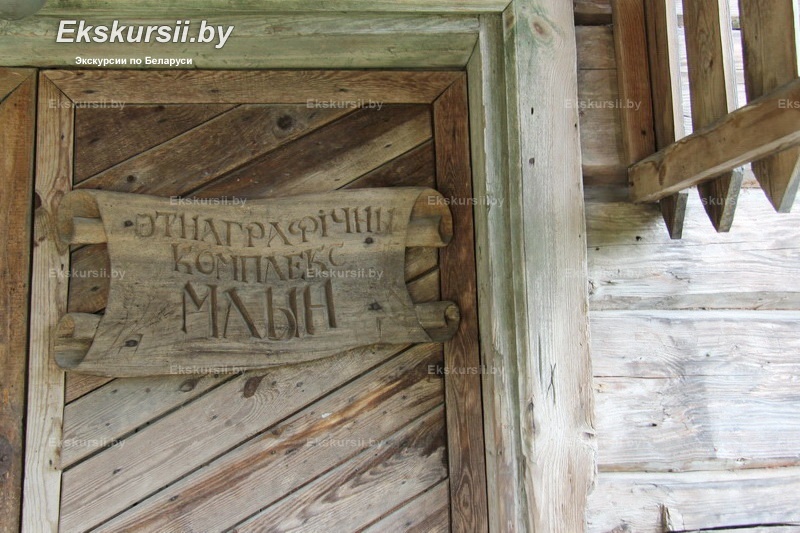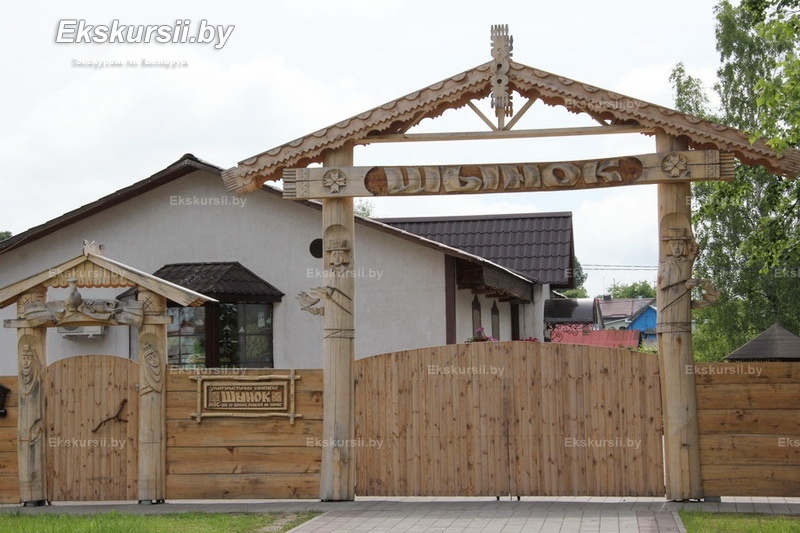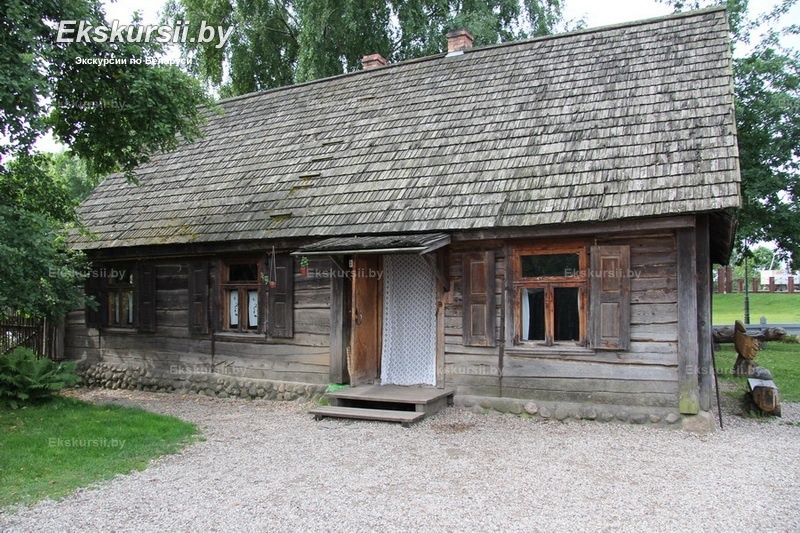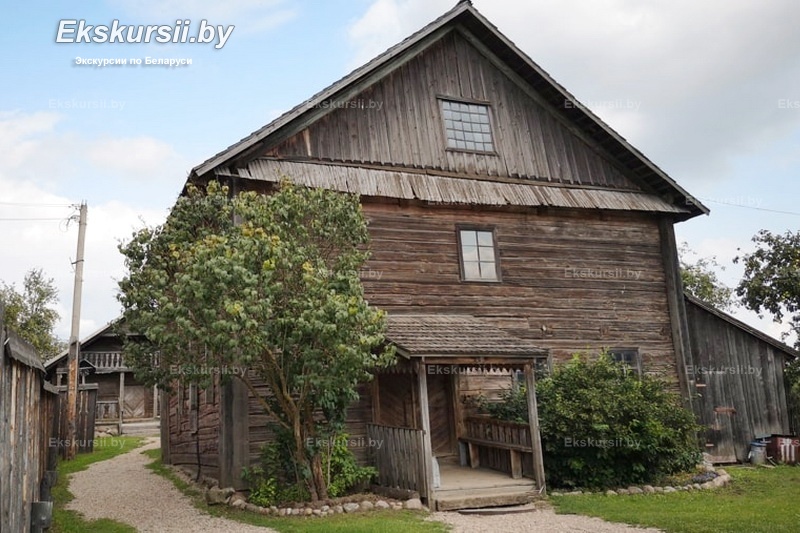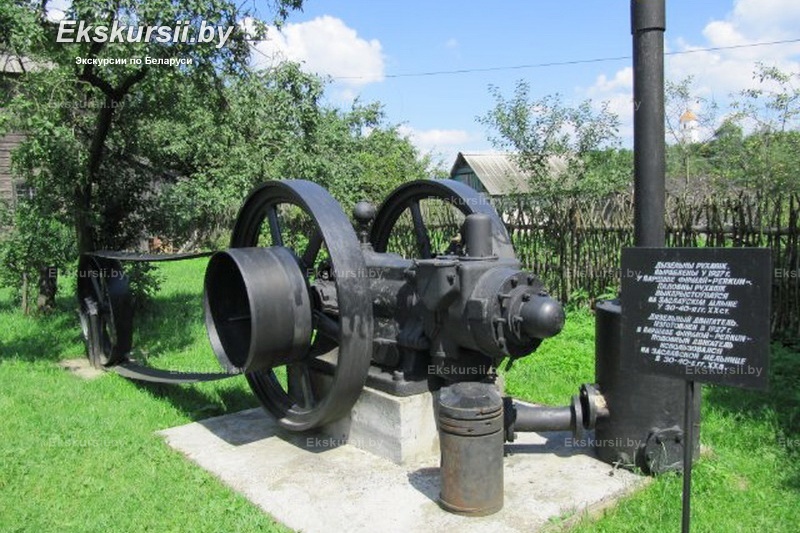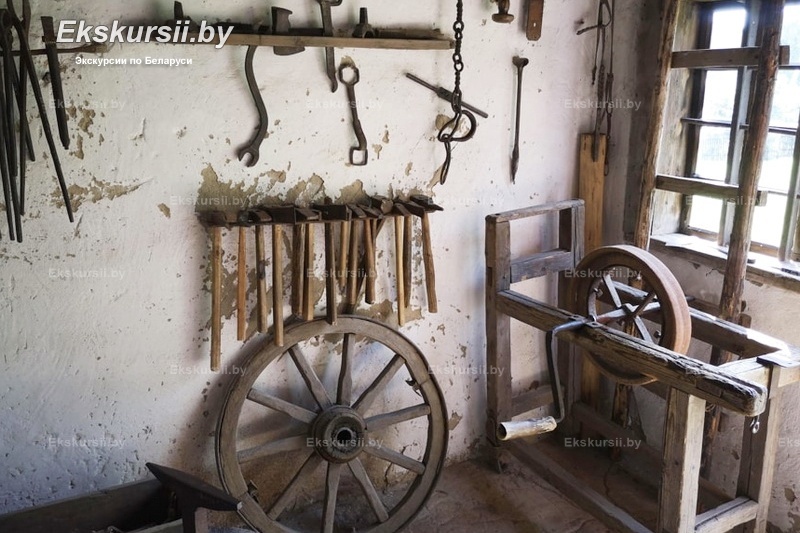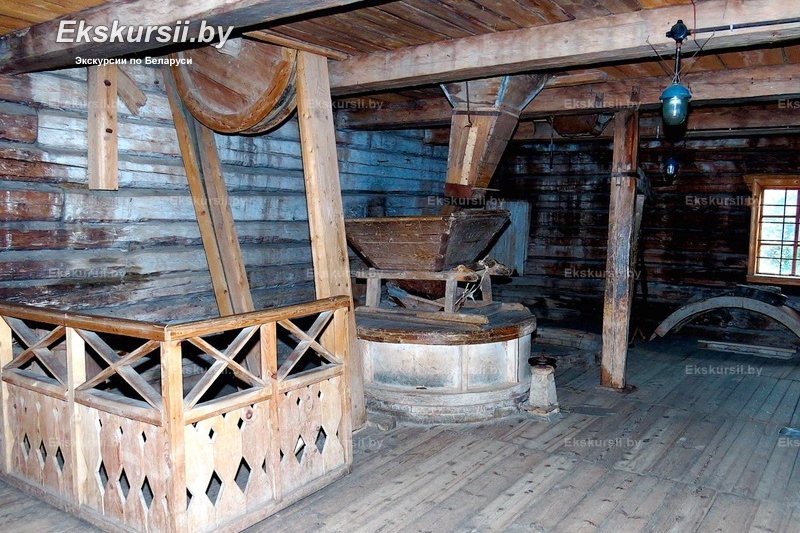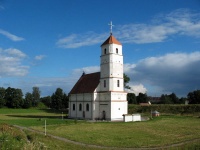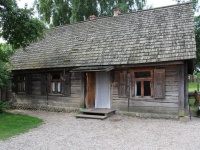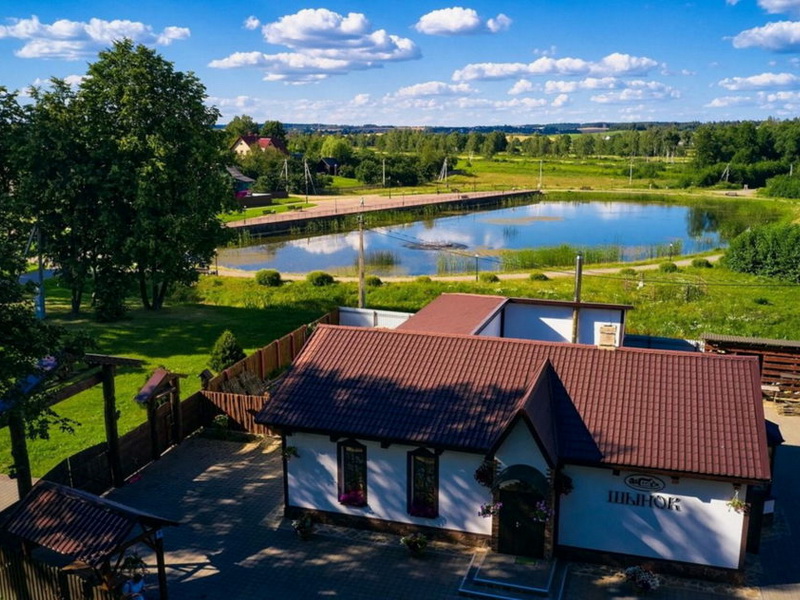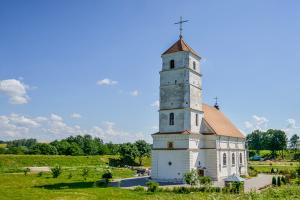History of the development
Zaslavl is not just one of the most ancient cities of Belarus, it's history is connected with beautiful legends about the Polotsk princess Ragneda and her courageous son Izyaslav. According to the assumptions of archaeologists, the city was built at the end of the X century by Kiev Prince Vladimir Svyatoslavovich. But it was firstly mentioned in chronicle in 1127-1128 and associated with the campaign of the Grand Duke of Kiev Mstislav Vladimirovich on the Polotsk land.
Princess of Polotsk Ragneda, who was forced to marry Prince Vladimir, suffered and made an attempt to kill her husband. But her attempt was not successfull, and Prince Vladimir sent her and her son to a place that today is called Zaslavl. The city was named in honor of Prince Izyaslav, the son of Ragneda.
In the XII century the city became the center of a principality, and since the XIV century became part of the Grand Duchy of Lithuania and got the name Zaslav. During rolling of Glebovich dynasty the city changed a lot. The princes Glebovichi decided to create their family residence in Zaslavl and built Zaslavsky castle, which was surrounded by earthen ramparts and had a ceremonial palace and a Calvinist cathedral, which today is called the Spaso-Preobrazhensky church. In the second half of the XVI century famous Calvinist and historian Jan Lissitzky lived here. In the XVI century there was a printing house in the city, where the Bible of Simon Budny was published.
After the division of the Polish-Lithuanian Commonwealth Zaslavl became part of the Russian Empire. In 1873, the Libavo-Romenskaya railway was built through Zaslavl, it promoted the development of economic. In November 1917 the Soviet authority was established. During the First World War, the city was occupied by the troops of Germany, and later - Poland. Between 1924 and 1959 Zaslavl was the center of Zaslavsky district.
During Great Patriotic War was under occupation and suffered greatly. Restored after the war, Zaslavl is proud of its rich historical heritage. Although Zaslavl is not the most economically developed city, it's the most famous among the small cities of the republic, it's well-known to all the Belarusian schoolchildren.
Tourism potential
Zaslavl had a thousand year history, it's a real prize, for people who are interested in the history and culture of Belarus. During its history, the city was both a large fortified center and a small provincial town, today Zaslavl is the ethnographic and cultural center of Belarus, which is included in many tourist routes.
The settlement «Val» of XI-XII century is one of the first places, where travelers go to in Zaslavl. Ages ago Zaslavsky Castle was placed there, but only the ramparts and the ruins of the entrance gates have servived. The feature of this place is the snow-white Spaso-Preobrazhensky church, which was built at the end of the XVI - beginning of the XVII centuries. Originally it was built as a Calvin church, it is famous for the fact that Simon Budny, a prominent enlightener, humanist, and church reformer, was praying here. In the second half of the XVII century a 35-meter tower was attached, it became the church of the Archangel Michael, and in 1840 the church passed to the Orthodox believers and consecrated as the Spaso-Preobrazhensky church.
Another historical place in Zaslavl is connected with the legends of the proud princess Ragneda and her son Izyaslav - settlement «Zamechek», the fortress city of the X century. The memorial to the 1000th anniversary of Christianity in Belarus was installed here, it's made in the form of a cross on a round pedestal.
Zaslavl is an ideal place to immerse in the life of a Belarusian town of the late XIX - early XX centuries. A unique historical and cultural museum-reserve «Zaslavl» was created in the city, it includes the ethnographic complex «Mill», «Childrens museum of mythology and wood» with mysterious mythological images, defensive structures of the interwar period, «Museum and exhibition Complex» on the Market Square with a unique exhibition of tapestries.
The ethnographic complex «Mill» is worth visiting, the tools of millers and blacksmiths of the early XX century are carefully preserved here. The complex with centenary mill and the preserved technological process of grinding grain, consists of three more buildings - a barn for storing grain, smithy and hotel for peasants.
Zaslavl is a dynamically developing city where various music festivals, knightly tournaments are held, among them the most significant are the Belarusian chamber music festival «Zaslavl» and ethnographic festival «City of Prince Izyaslav». The Day of Belarusian literature several times was celebrated here.
Careful attitude to the past and a steady course towards modernity contribute to the restoration of historical buildings, the arrangement of park areas, the development of tourist infrastructure - cafes, hotels, shopping centers. The location near the Zaslavsky reservoir, which is called the Minsk Sea, is an important factor in the development of health, sports and ecological tourism.
